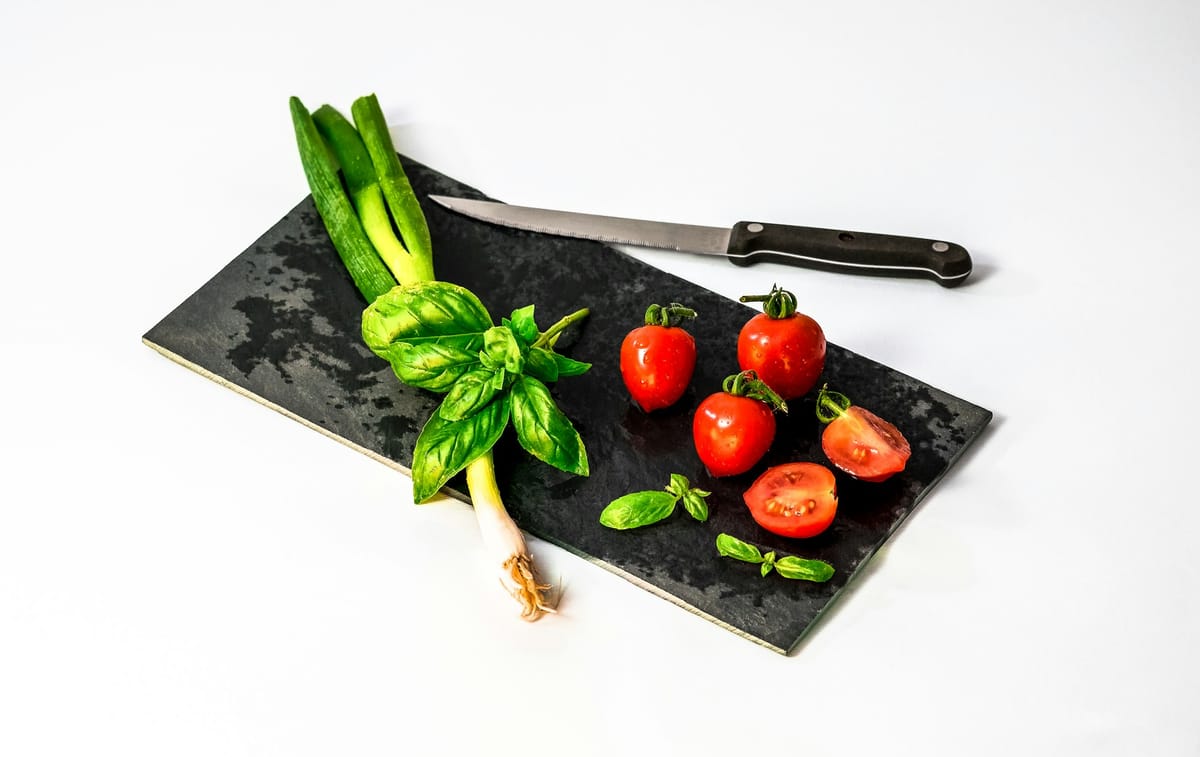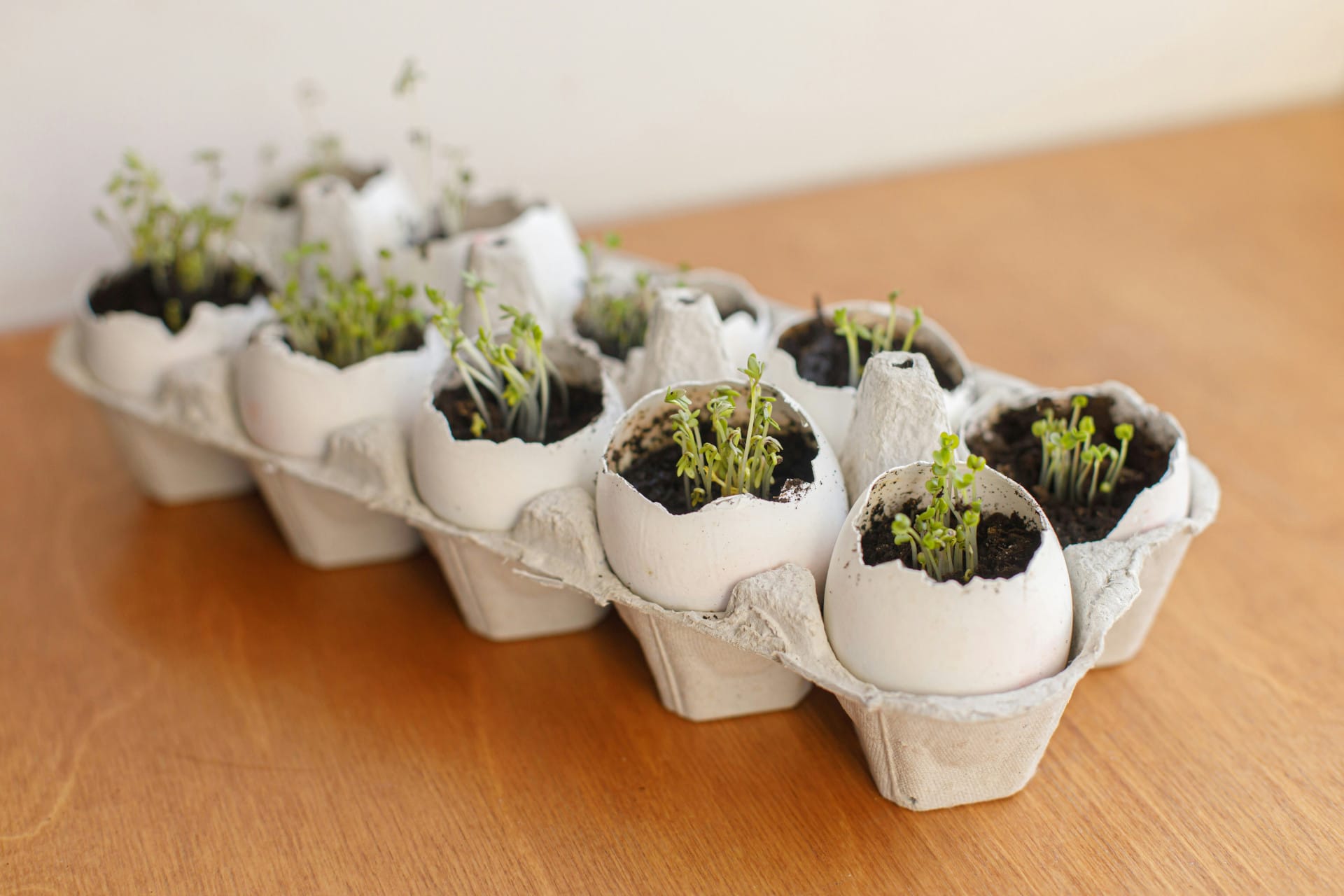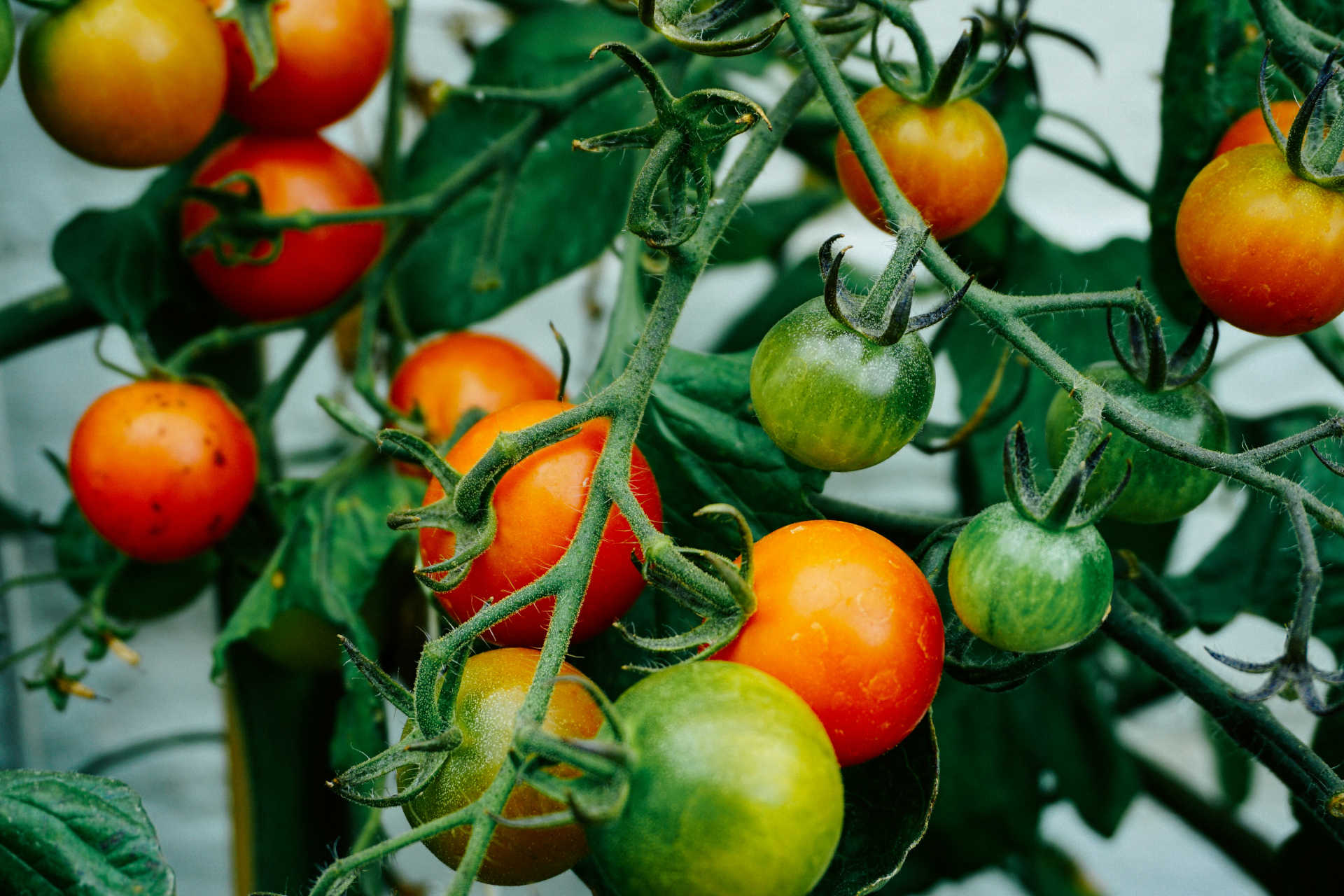Gardener's Paradise

Cyprus: A Gardener's Paradise
Experience Cyprus Through a Lush Mediterranean Garden
Welcome to WILD-WHOLE.COM! Today, we’re taking you to the sun-drenched coastal regions of Cyprus, where the mild climate of USDA Zone 10b creates perfect conditions for dreamy gardens. From fragrant citrus trees to vibrant bougainvillea and creamy avocados—here’s how to transform your garden into a green oasis using this zone’s advantages.
Why Cyprus’s Coastal Regions Are a Gardener’s Dream
USDA Zone 10b in Cyprus features winter lows of 1.7°C to 4.4°C—ideal for plants that thrive in mild winters and long, hot summers. You’ll find these conditions along the island’s coasts:
- South Coast: Limassol, Larnaca, and Paphos, where the sea acts as a natural winter buffer.
- Southeast: Ayia Napa and Paralimni, with sheltered coves and sun-baked slopes.
- West Coast: The Akamas Peninsula near Paphos, where even banana plants flourish.
Higher elevations like the Troodos Mountains are cooler (Zone 9 or below). But microclimates matter too: South-facing gardens or wind-protected valleys offer extra warmth for exotic experiments!
The Stars of Your Garden
Leverage the long growing season with these easy-care, productive plants:
Fruit & Edibles 🍊
- Citrus Trees: Oranges, lemons, and mandarins—classics of Cypriot gardens.
- Fig & Pomegranate: Fast-growing and drought-tolerant.
- Avocado & Banana: A rewarding challenge in sheltered spots with ample water.
- Olive Trees: Cyprus’s symbol—sturdy, elegant, and centuries-old.
Flowers & Fragrance 🌸
- Bougainvillea: Color explosions on walls and trellises.
- Oleander & Hibiscus: Drought-resistant and prolific bloomers.
- Lavender: Smells like vacation and attracts bees.
- Date Palms: Add tropical flair to your garden.
Vegetables & Herbs 🥗
- Tomatoes, Peppers & Eggplants: Harvest multiple times a year!
- Mediterranean Herbs: Rosemary, thyme, and basil thrive with minimal effort.
- Winter Greens: Spinach and kale grow even in mild winters.
Your Seasonal Planting Guide
In Cyprus’s coastal zones, gardening never stops—here’s how to maximize each season:

Spring (January–March)
- Sow Indoors: Start tomatoes and peppers (see bonus guide below!).
- Plant Outdoors: Lavender and citrus trees.
- Maintenance: Prune olive trees and enrich soil with compost.
Summer (April–September) 🌞
- Prime Time: Plant avocados, bananas, and hibiscus. Harvest figs and zucchini.
- Tips: Mulch to retain moisture, water early morning, and shade young plants.
Autumn/Winter (October–December)
- Second Planting: Sow spinach, arugula, and garlic for winter harvests.
- Harvest: Pomegranates and citrus fruits reach peak sweetness.
- Prep: Amend soil with compost and plant new olive trees.
Care Tips for Thriving Plants
- Watering: Use drip irrigation for efficiency.
- Soil: Loosen clay with sand; use gravel for succulents.
- Pests: Lavender and basil repel aphids naturally.
- Microclimates: Use walls to radiate heat for tender plants like bananas.
Conclusion: Your garden - a slice of paradise
With its mild climate, the coastline of Cyprus offers endless possibilities - whether a lush vegetable garden, a fragrant flower oasis or an exotic palm grove. At WILD-WHOLE.COM we love to give you tips to make gardening easy. So grab your shovel and watering can, choose your favourite plants and let Cyprus nature do the work for you!
Bonus
Here is a step-by-step guide specifically for tomatoes and peppers as a bonus for our readers.

Bonus: Step-by-Step Guide for Tomatoes & Peppers 🌱
Want plump tomatoes and spicy peppers? Start indoors and transplant by March!
- Timing: Begin 6–8 weeks before transplanting (late January–February).
- Containers: Use seed trays or small pots with drainage holes.
- Soil: Fill with seed-starting mix (not garden soil!).
- Planting: Sow seeds 0.5 cm deep, 1–2 per pot. Label varieties!
- Light & Heat: Place in a bright spot (20–25°C); a heat mat speeds germination.
- Moisture: Keep soil damp with a spray bottle; cover with plastic until sprouts appear (5–10 days).
- Aftercare: Provide 6+ hours of light. Thin weak seedlings. Fertilize after 2–3 weeks.
- Harden Off: Gradually expose plants to outdoor conditions for 1–2 weeks before transplanting.
- Transplant: Choose sunny, sheltered beds. Space tomatoes 50–60 cm apart, peppers 40 cm.
- Support: Stake tomatoes; mulch to conserve water.
Pro Tips:
- Pinch off tomato suckers for bigger fruit.
- Feed with potassium-rich fertilizer during flowering.
- Spray neem oil for pest control.
Final Thoughts
Cyprus’s coasts offer endless possibilities—whether you crave a productive veggie patch, a fragrant flower haven, or a tropical palm grove. At WILD-WHOLE.COM, we’re here to help you garden smarter. So grab your tools, pick your plants, and let Cyprus’s nature work its magic!
🌿 Share your journey with #WildWholeCyprus—we’d love to see your paradise grow!
First published on WILD-WHOLE.COM—your hub for sustainable gardening and living in harmony with nature.
Wild. Whole. Wonderfully yours. 🌸




